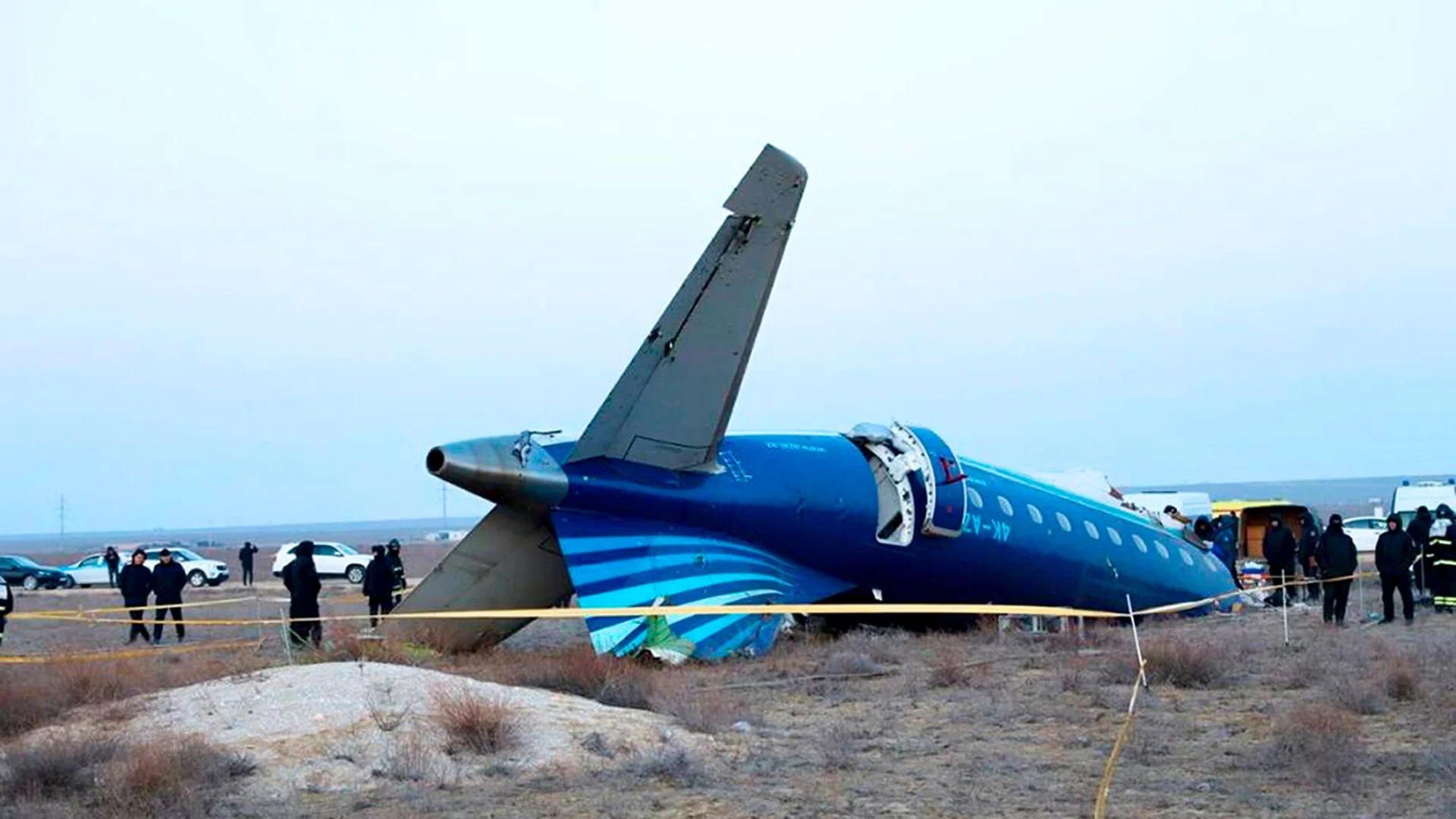In 2022, the Indian government executed a significant evacuation mission named Operation Ganga, aimed at rescuing Indian citizens stranded in neighbouring countries during the Russian invasion of Ukraine. This humanitarian effort unfolded amidst the geopolitical turmoil without taking sides in the conflict.

Prime Minister Narendra Modi engaged with Ukrainian President Volodymyr Zelenskyy on February 26, 2022, addressing the safety concerns of Indian students in Ukraine. The evacuation commenced swiftly, with the first flight from Bucharest arriving in New Delhi on February 27, transporting 249 nationals. To streamline coordination with local authorities, Union Ministers were dispatched to neighbouring countries, and both the Indian Air Force and private airlines played pivotal roles in logistical support.
Throughout the crisis, PM Modi held multiple discussions with Presidents Zelenskyy and Putin, emphasising the evacuation amidst broader issues. Initially, approximately 20,000 Indian nationals, including over 18,000 students, were in Ukraine. By March 5, about 18,000 had safely crossed the Ukrainian border, facilitated by a series of evacuation flights.
Emergency evacuation measures were implemented, especially in areas like Sumy, following advisories from the Indian Ministry of Defence. The humanitarian spirit extended beyond evacuation, as India sent relief aid to Ukraine, including medicines and essentials. The Indian government also expressed willingness to assist nationals from neighbouring and developing countries in Ukraine.
Background statistics from Ukraine’s Ministry of Education and Science indicated over 18,000 Indian students in the country, with prominent educational institutions being hotspots. The Indian government, estimating 20,000 nationals in Ukraine, actively engaged in preemptive advisories through its Embassy in Kyiv.
The operation unfolded amidst challenges, with advisories, communication channels, and assistance mechanisms being set up. The MEA established information dissemination channels, including a helpline and social media handles, facilitating communication with stranded citizens.
A survival advisory issued on March 3 targeted those still in Ukraine, providing practical guidance. The MEA control room received over 12,400 calls and 9,000 emails by mid-March, highlighting the magnitude of the operation. Evacuation flights, involving both private carriers and the Indian Air Force, adhered to COVID-19 protocols.
Special envoys, high-level Union Ministers, were dispatched to coordinate efforts in different countries. Prime Minister Modi chaired multiple high-level meetings, briefing the President of India on the situation. Humanitarian relief, including medical aid and essentials, was sent to Ukraine.
The operation concluded successfully on March 11, with the last stranded Indian nationals from Sumy returning to India. Minister of External Affairs S. Jaishankar commended the operation, and PM Modi interacted with the Indian diaspora involved in the mission via video conferencing. Operation Ganga showcased India’s commitment to the safety and well-being of its citizens in times of global crises.








